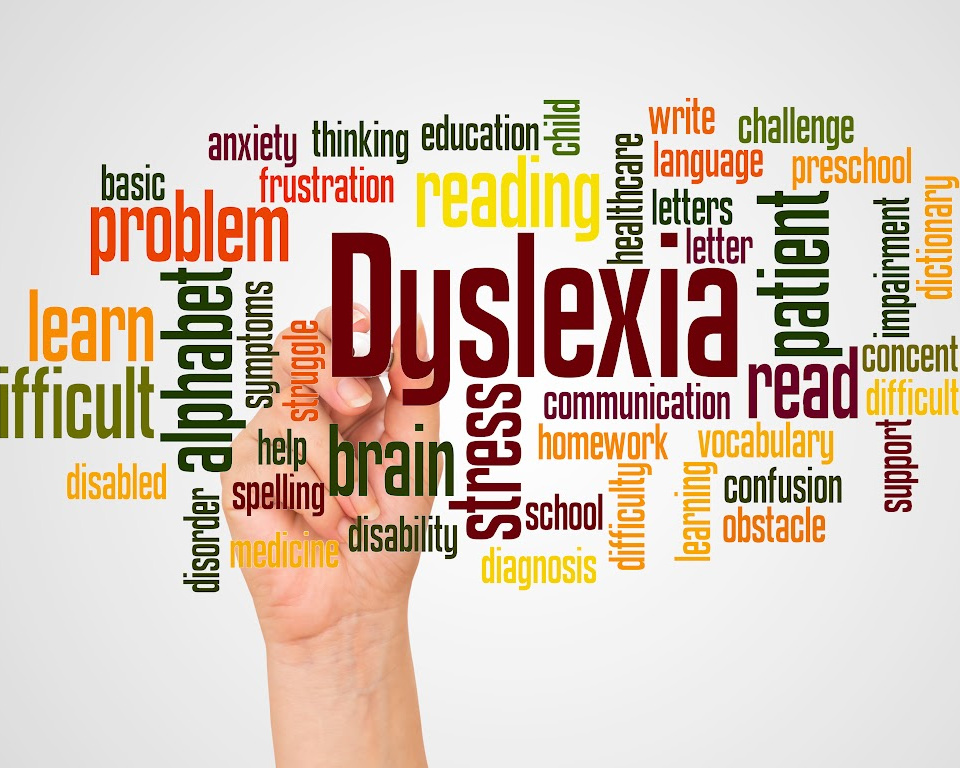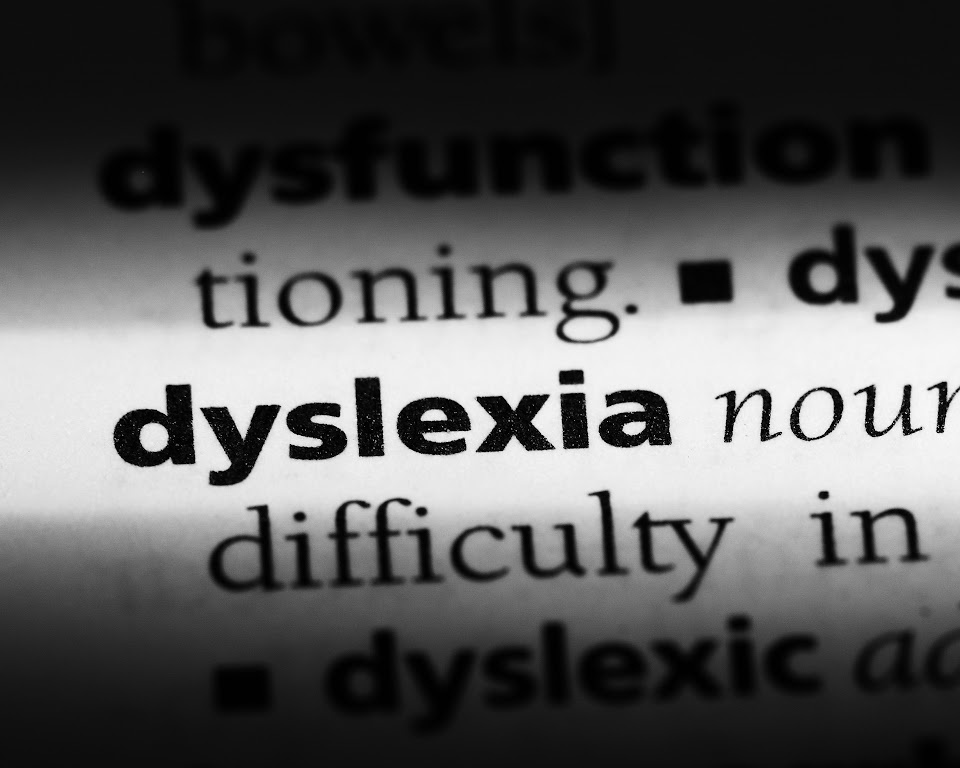It's crucial to know that students with autism and ADHD need special study strategies. Autism…

Is Dyslexia Part of the Autism Spectrum?
When it comes to understanding different neurodevelopmental conditions, parents, educators, and professionals often ask, “Is dyslexia on the autism spectrum?” Such inquiries stem from witnessing the comorbidity of dyslexia and autism, as well as observing how some symptoms might appear to overlap.
While dyslexia, a specific learning disability, majorly influences how an individual processes language, especially in reading, spelling, and decoding, autism spectrum disorder (ASD) reaches further, often presenting challenges in social communication, behavior patterns, and sensory sensitivities. However, these conditions have distinct markers that set them apart and are managed through different strategies.
Both dyslexia and autism are indeed lifelong journeys, yet they diverge in their core traits and therapeutic paths. Early recognition is key in tailoring support to the individual’s needs. As discussions about the relationship between autism spectrum disorder and dyslexia continue, it’s critical to demystify the nuances between them while acknowledging their possible coexistence.
Key Takeaways
- Autism spectrum disorder and dyslexia are distinct conditions with unique characteristics and management strategies.
- Dyslexia’s primary challenge lies in language processing, while autism may also affect social skills and behavior.
- Understanding the differences between the two is crucial for accurate diagnosis and effective intervention.
- While not on the same spectrum, dyslexia and autism can co-occur in individuals, raising the importance of comprehensive evaluation.
- Early detection and adapted support play a critical role in the developmental success of individuals with either or both conditions.
Autism Spectrum Disorder and Dyslexia: Understanding the Distinction
Exploring the relationship between autism spectrum disorder and reading difficulties as well as the connection with dyslexia is integral to comprehending the unique experiences of individuals facing these challenges. To fully appreciate the nuances of these conditions, it’s essential to demarcate the boundaries that define them as distinct, yet acknowledge areas of potential overlap.
Defining Autism and Dyslexia as Separate Conditions
Autism spectrum disorder (ASD) and dyslexia are often misconceived as interrelated due to their neurological underpinnings; however, a closer look reveals that each stands on its own with different sets of symptoms and impacts on learning and development. Understanding the specific attributes of each condition is the first step towards recognizing the dyslexia and autism connection.
Language Development and Reading Challenges in Autism
Individuals with ASD might experience a gamut of language development issues ranging from delayed speech to loss of previously acquired language skills, showcasing the complexity of autism spectrum disorder and reading difficulties. Contrary to some common beliefs, these challenges are distinct from those presented in dyslexia, which are isolated to language processing and not derived from social communicative deficits.
Dyslexia as a Unique Neurobiological Learning Disability
Dyslexia’s hallmark features, such as difficulties in phonemic awareness, decoding, and spelling, illuminate a unique neurobiological learning disability that extends beyond the classic symptom of letter reversal often portrayed in popular culture. This condition does not impact intelligence; rather, it requires a focused approach to address the dyslexia and autism overlap in learning contexts.
The Role of Clinical Evaluation in Diagnosing Comorbidities
Acknowledging the autism and dyslexia relationship, it’s fundamental for healthcare professionals to engage in comprehensive clinical evaluations when dyslexia and autism symptoms appear to intermingle. The intricate nature of their overlap necessitates a meticulous approach to diagnosis and subsequent treatment planning.

Exploring the Relationship Between Dyslexia and Autism Spectrum Disorder
When investigating the intricacies of developmental disorders, a common question arises: Is dyslexia on the autism spectrum? To delineate the boundaries and connections between these conditions, one must understand that dyslexia, while not classified under the umbrella of autism spectrum disorder (ASD), shares certain characteristics that can confuse laypeople and professionals alike. Both dyslexia and ASD are rooted in neurodevelopment, hinting at an interplay of genetics and brain function that affects learning and communication.
Understanding the comorbidity of dyslexia and autism is vital; notwithstanding their dissimilarities, there are instances where dyslexia’s reading and language difficulties overlap with the communication hurdles characteristic of autism. This intersection challenges educators and healthcare providers, underscoring the importance of distinguishing between the two for optimal intervention strategies. The convergence of autism spectrum disorder and dyslexia warrants a thorough examination, yet it is imperative to note that dyslexia is distinguished by its direct impact on language processing, particularly in reading fluency and decoding.
- Autism Spectrum Disorder is characterized by varied developmental delays and social communication challenges.
- Dyslexia mainly affects the ability to read, spell, and decode language.
- Both conditions have been observed to co-occur, presenting a layered complexity to the affected individual’s learning experiences.
Through this lens, the inquiry into whether dyslexia is on the autism spectrum reveals a nuanced landscape where overlap does not equate to equivalence. Comprehensive assessments are essential to untangle the shared threads and equip those impacted with the tailored resources needed for their unique developmental paths.
Conclusion
The journey to understanding the intricate dynamics between autism spectrum disorder and dyslexia takes us through a labyrinth of symptoms and developmental milestones that occasionally intersect. While these neurodevelopmental disorders can manifest similar language deficits, they stand as distinct entities in the medical field. Each condition presents its own set of challenges and requires separate, specialized approaches for diagnosis and treatment. Recognizing the comorbidity of dyslexia and autism is essential in crafting a comprehensive support system.
The Overlap of Autism and Dyslexia Symptoms
The dyslexia and autism connection is evident through their shared language difficulties which can often muddy the waters of diagnosis. Understanding the dyslexia and autism overlap is critical for distinguishing between the two conditions. The subtle nuances of their symptoms demand attention, as they play a pivotal role in arriving at an accurate diagnosis one that can profoundly influence the nature of the treatment and support provided.
Implications for Treatment and Management of both Conditions
Treatment for autism spectrum disorder and reading difficulties frequently involves individualized educational strategies, while dyslexia interventions focus on improving literacy skills. This divergence in treatment underscores the significance of understanding the autism and dyslexia relationship knowing where symptoms overlap and separate allows for more targeted and effective management of both conditions.
The Importance of Early Detection and Support
Emphasizing the importance of early detection, experts agree that prompt intervention in cases of dyslexia or autism can revolutionize a child’s developmental trajectory. The earliest possible support for individuals facing these challenges not only enhances their capacity to cope with academic demands but also empowers them to navigate their social environments with greater resilience. Consequently, early and accurate identification becomes a cornerstone in the foundation of lifelong learning and adaptation.
FAQs
Is Dyslexia Part of the Autism Spectrum?
No, dyslexia is not part of the autism spectrum. Although both are neurodevelopmental disorders and may share some symptoms, they are distinct conditions with their own set of challenges and diagnostic criteria.
What are the Main Differences Between Autism Spectrum Disorder and Dyslexia?
Autism spectrum disorder affects social communication, behavior, and sensory processing, while dyslexia primarily relates to reading difficulties, including word recognition, spelling, and decoding challenges.
Can a Person Have Both Autism and Dyslexia?
Yes, it is possible for a person to have both autism and dyslexia. This comorbidity can present additional challenges in diagnosis and management due to overlapping symptoms.
How Do Language Development and Reading Challenges Differ in Autism Compared to Dyslexia?
Children with autism might have a broader range of language difficulties, including delays in learning to speak and challenges in social communication. Those with dyslexia typically have specific issues related to reading and writing, such as difficulties with phonological tasks and decoding printed words.
What is the Role of Clinical Evaluation in Diagnosing Comorbidities Such as Autism and Dyslexia?
Clinical evaluations are crucial in diagnosing comorbidities like autism and dyslexia. Thorough assessments help distinguish between the symptoms of each condition and ensure that each individual receives tailored support and interventions for their specific needs.
How Does the Treatment Differ for Autism vs. Dyslexia?
Treatments differ because each condition has unique challenges. Autism interventions often focus on social communication skills and sensory processing, while dyslexia interventions target reading proficiency, including phonological awareness, decoding, and comprehension strategies.
Why is Early Detection of Dyslexia and Autism Important?
Early detection is critical as it allows for interventions to begin sooner, which can improve long-term outcomes for individuals with autism and dyslexia. Early support can help individuals develop strategies to navigate their learning difficulties and social challenges more successfully.
Do Autism and Dyslexia Have Common Genetic Links?
There may be some shared genetic factors between autism and dyslexia, suggesting a potential common biological basis. However, more research is needed to fully understand the nature and extent of these genetic links.
What Strategies Help in Supporting Children with Both Autism and Dyslexia?
A multi-tiered approach often works best, combining interventions that address both autism’s social communication aspects and the reading and language difficulties associated with dyslexia. This can include speech therapy, specialized reading programs, and social skills training.



This Post Has 0 Comments